Below is an interesting article on Roman Britain archaeology and the different findings from the Roman era in England. The Romans captured Britain for nearly four centuries. Hence, many preserved artifact are seen at the British Museum and the ruins of roads, bridges, and forts are found all across Britain. Let us learn them below.
The entire operation of the Roman Imperialism, it’s functioning and effects are gathered and studied due to the archaeological material excavated in Britain. The study of the local life and societies comes from most of the excavations and findings made by the Archaeological department. They are also based on thematic changes and cultural influence that occurred due to the four century-long Roman influence on England.
Even after the fall of the Roman Empire, the province of Britannia Prima flew the flag of Rome until the year 1248 AD, which is nearly 700 years after the Romans left. Edward I captured Caernarfon and finally, the empire fell into the hands of a Barbarian king. Edward I built the castle of Caernarfon as a reminder of the shortcomings of the Roman king Constantinople.
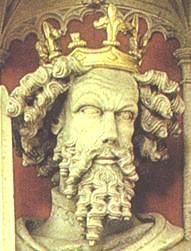
The Romans division of Britain into four different provinces provided a map for the study of the aspects of their governance and administration. Archaeological findings indicate the existence of towns like Wroxeter and Chester that were important centers in Roman times.
Many preservations are found in the Roman Britain section of the British Museum. Room 69 of the British Museum contains an array of artifacts that give a look of the daily life of the people in Roman Britain along with Greek influence that is separately shown. Objects on this floor show item such as to illustrate themes such as women, children, home furniture, farming, religion, war and more.
There is another room called The Wolfson Gallery. Items in this gallery show the rise of the Roman empire from a small capital to an empire that controlled the Mediterranean and most of western Europe. The artifacts are from the time Constantine was the Roman emperor and an interesting exhibition shows the journey of the flow of Christianity among the Romans and how it became the official Roman religion. The objects come from all across the Roman empire. They include sculptures of emperors and generals, vases, pottery, glassware and others.
Latest Roman finds in Britain
Contents
Peter Moore, an archaeologist from the University of Yore found a fragment of glass that appears to be a piece of pottery from the Roman times. It was found in Chedworth Roman Villa in Gloucestershire. It may have been a part of a fish bottle. This has caught the attention of a number of archaeologists that believe that nothing of this sort has been discovered from Roman Britain before.
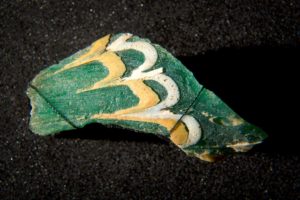
There has been some discovery off the coast of Kent, which might have been due to a shipwreck. Pieces of high-class collection of pottery have been excavated near Ramsgate. The finding has caught the attention and increased enthusiasm for many due to the location of the discovery. It was close to Kent where Julius Caeser started out his expedition to conquer England.

Recently, in February 2019, a Roman graffiti was discovered on the walls of the rock of Gelt. The caricature seems to have been made around 207 AD, near the Hadrians Wall. It is called the Written Rock of Gelt. Such inscriptions are very few in England today. Archaeologists from Newcastle University strongly believe that the carvings are nothing classical but a rough sketch from the Roman times. There are writings found below the caricatures that mention OPTIONE indicating the rank of Agricola.
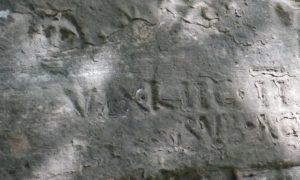
The earliest Roman settlements were found in Yorkshire by a bunch of archaeologists. Here, a hoard of 2000 silver coins was excavated by these archaeologists. According to them, this site may have been a high-class Roman settlement with Roman villas and the families of the governors and high officials may have resided here. The coins date back to the first century during the times of Emperor Vespasian. The burials contained brooches on garments that may have been cloak. This indicated the existence of high-class Roman society in Yorkshire.
Ruins of Roman Britain in England
Hadrian’s Wall
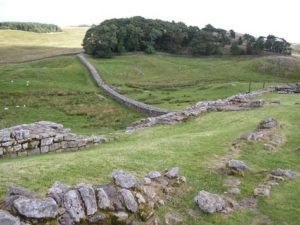
Hadrian’s Wall, also called the Roman Wall extends to 73 miles joining two coasts – the coast of River Tyne to Bowness on Solway. In the Roman era, the wall was built by 15000 men and took 6 years for completion. Even after more than 2000 years today, the wall stands as a solid structure known for its rugged beauty. It is declared a world heritage site in 1987. It is a major tourist attraction today.
Chedworth Roman Villa

The Chedworth Roman Villa is located in Gloucestershire, England. It is one of the largest Roman villas in England. It was excavated in 1864 and then soon put on display. It was located next to a natural spring which was the source of water for the people that lived there. The villa overlooked the River Coln and had a spectacular view. Some Roman mosaics with fine working has been discovered in the Villa.
Antonine Wall
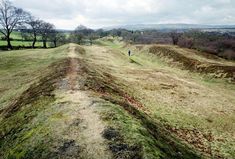
The Romans called it Vallum Antonine. The ruins of the wall are found in Scotland today. It is also a UNESCO World Heritage site. Today, it is called the Central belt of Scotland. The Romans built it to keep away the Caledonians and to gain some Scottish control. It is found in the stretch of the Scottish countryside.
Chester Roman Amphitheatre
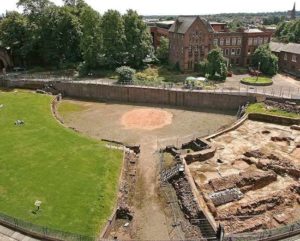
The site is maintained by the English Heritage. It is the largest amphitheater excavated in England. It was built by the King Legio II and then reconstructed by his descendant kings. It is located in Cheshire, England and denotes the importance of the town of Chester as a Roman city.
Housesteads Roman Fort
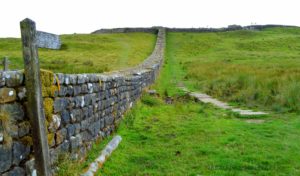
The fort is built on Hadrian’s Wall in an auxiliary manner. The ruins are found in Northumberland, England. The fort was built in 124 AD. It is maintained and owned by the English Heritage. It can be determined from its elevated position that far views of enemies trying to enter could be spotted at the fort.
